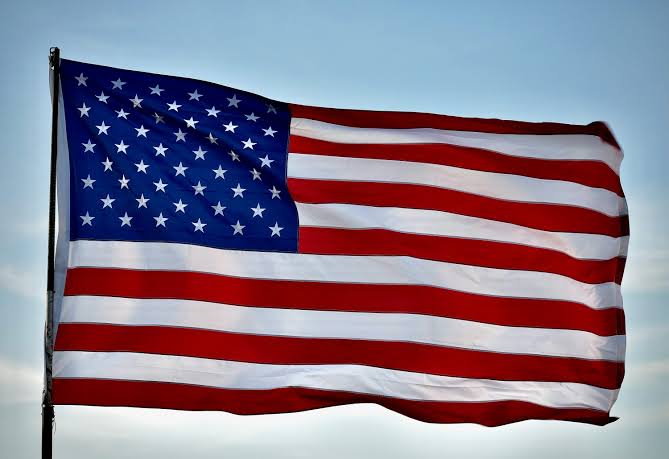The United States is experiencing a significant shortage of skilled workers in science, technology, engineering, and mathematics (STEM) fields. According to projections from the Bureau of Labor Statistics, the U.S. will need about 1 million additional STEM professionals between 2023 and 2033, with the tech sector’s growth outpacing that of the overall labor market.
To address this gap, the H-1B visa program, established in 1990, has been pivotal. It enables U.S. companies to temporarily hire foreign workers in specialized roles.
Each year, businesses and immigration lawyers submit petitions on behalf of foreign professionals seeking employment in the U.S. The program has a cap of 65,000 H-1B visas annually, with an extra 20,000 reserved for applicants who hold advanced degrees from U.S. institutions.
Despite these limitations, demand for the H-1B program remains high. The U.S. Citizenship and Immigration Services received 470,000 applications for the 2025 fiscal year, highlighting the ongoing need for skilled foreign labor amidst a complex visa application process.
Gaurav Saxena, an H-1B visa holder from Reston, Virginia, shared his experience with CNBC, stating, “I’m not sure if people in the U.S. truly understand the level of headache that people who are on H-1 have to go through, which nobody else has. For example, every three years, we need to get our H-1 renewal. For that renewal, you have to pay renewal fees. You’ve got to hire a lawyer.”
Tech giants like Amazon, Google, Meta, and Microsoft are some of the top employers utilizing the H-1B program. However, concerns have arisen that some companies may exploit the program to secure cheaper labor.
Even with recent layoffs in the tech industry, the number of H-1B petitions continues to grow, indicating that the demand for skilled foreign workers remains unyielding.

